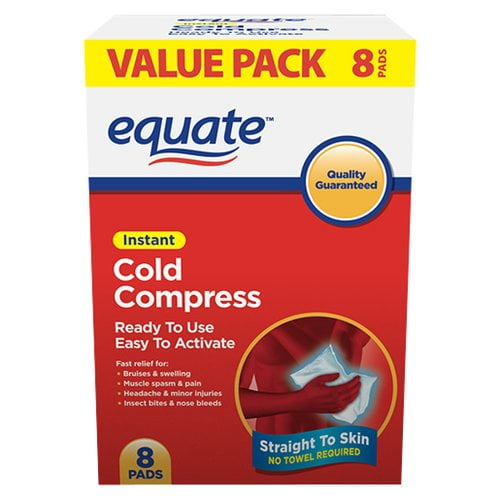


Systemic heparin therapy remains the accepted treatment option for intraarteriolar administration of promethazine. Promethazine is acidic and can cause a devastating extravasation, particularly if administered inadvertently through the arteriolar route. This syndrome is largely managed through preventive and conservative treatment measures. Phenytoin is the prototypical basic drug that causes a clinical manifestation known as purple glove syndrome (PGS). Extravasation of acidic or basic materials can produce significant tissue damage. Among the hyperosmotic agents, calcium extravasation is distinctive because it may present as an acute tissue injury or may possess delayed clinical manifestations. Intradermal hyaluronidase has been effective for hyperosmotic extravasations, although its use largely depends on the risk of tissue injury and the severity of extravasation. Topical vasodilators and intradermal terbutaline may provide relief. The best therapeutic agent for treatment of vasopressor extravasation is intradermal phentolamine.

Knowledge of the mechanism of extravasation-induced tissue injury, agents for reversal, and appropriate nonpharmacologic treatment methods is essential. Prompt interdisciplinary action is often necessary for the treatment of extravasation injuries. Recognition of high-risk patients, appropriate cannulation technique, and monitoring of higher risk materials remain the standard of care for the prevention of extravasation injury. In general, extravasations consist of four different subtypes of tissue injury: vasoconstriction, osmotic, pH related, and cytotoxic. Many different mechanisms are behind the tissue damage during extravasation injuries. These injuries can contribute substantially to patient morbidity, cost of therapy, and length of stay. Extravasations are common manifestations of iatrogenic injury that occur in patients requiring intravenous delivery of known vesicants.


 0 kommentar(er)
0 kommentar(er)
